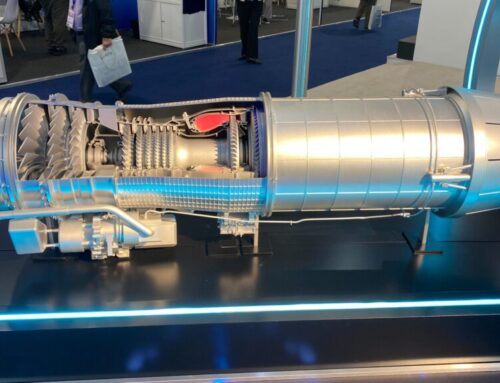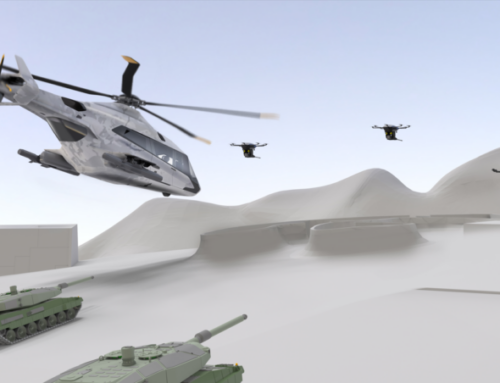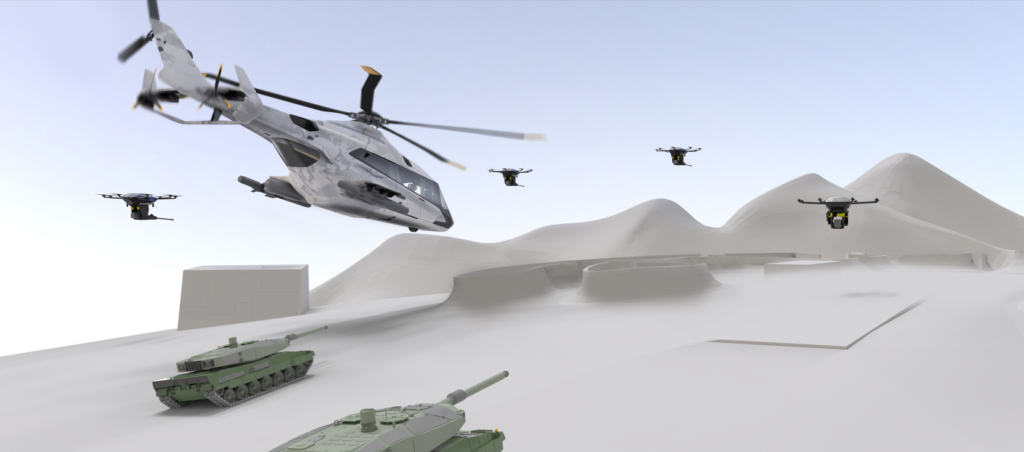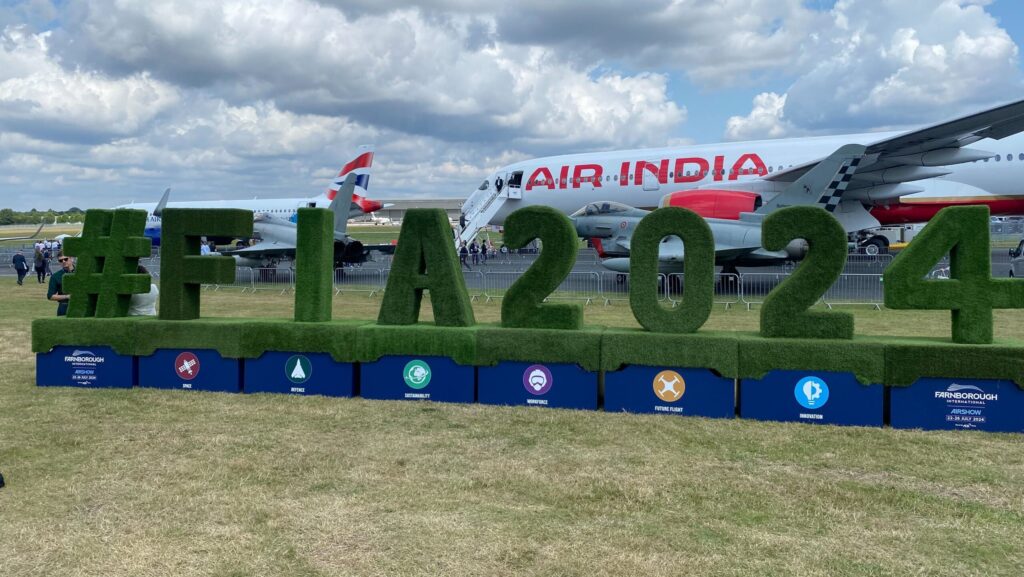The Army recently received the new IVAS 1.2 prototype for a series of tests. (US Army)
WASHINGTON — Amidst a fresh round of layoffs and “restructuring” for its mixed-reality team, Microsoft is claiming the shakeup will help “prioritize” work on the US Army’s Integrated Visual Augmentation System (IVAS).
“There are some areas where we had experts that previously would split time between commercial and defense that will now focus more heavily on the IVAS platform and specifically ensure 1.2 is successful,” a company spokesperson wrote in an email to Breaking Defense. “We remain laser focused on a successful IVAS [operational testing], moving into production, and being prepared for future IVAS development.”
Those comments came after Monday’s announcement that the company is downsizing its mixed-reality shop — a team whose work includes the HoloLens 2 heads-up (HUD) display, the commercial basis for IVAS.
While the company did not disclose how many positions were being eliminated and how many jobs on the team remain, the spokesperson told Breaking Defense today that the posts “primarily affected” revolve around engineering development for enterprise and commercial products.
“Remaining resources,” the spokesperson added, are “being redirected to IVAS development,” though the company is also planning to send some resources toward cloud and artificial intelligence capabilities for mixed reality, and focus on the development of “ruggedized” HoloLens 2 devices for the public sector (i.e., federal, state and local first responders).
This is not the first time in recent memory there has been a shakeup for the company or its divisions working with the DoD. In 2022, reports emerged that the company may have scrapped Hololens 3 development. Then last year, a round of layoffs hit the company before President of Microsoft Federal Rick Wagner exited. (Wagner was the third senior-level executive with ties to defense programs to leave within a year.)
The Army’s Program Executive Office Soldier, tasked with IVAS contract management, did not immediately respond to Breaking Defense’s questions about the Microsoft shakeup and its implications for a program under pressure to perform.
Originally pitched as a game changer, IVAS was billed as a single device soldiers could use in combat, including under the cover of darkness, and for mixed-reality training. But in 2021, reports of program problems emerged before the Pentagon inspector general released a scathing report about the acquisition process. Soldiers were complaining of discomfort, dizziness, nausea and issues with the system’s reliability.
After multiple attempts to reshape the program and provide soldiers with a new device they can use in combat and for training, the service is pursuing a path that splits Microsoft hardware into three initial versions — the 1.0, 1.1 and 1.2 iterations of the goggles.
So far, the service has acquired 5,000 1.0 units, with plans to buy 5,000 1.1 units for limited use.
In the meanwhile, the company and the Army are working on a new 1.2 version that is billed as a make-or-break upgrade, and one slated to undergo operational testing in early 2025. That new iteration transitions the device from a helmet-like display with a 70-degree field-of-view, to a hinged, flat design with a 60-degree field-of-view that soldiers can flip up. A computer puck on soldiers’ chests in the earlier versions is also moved to the back of the helmet, a cord connecting the puck to the HUD is shorted and moved to the back of the HUD, and a new low-light sensor from Canon is included.
“As a former infantryman, I realize the potential [of IVAS]. … If it works, it is a legitimate 10-times upgrade to our most important formations,” US Army Futures Command head Gen. James Rainey told Senators last month.
“But if it does not work, then I think we would have to take a very hard look at whether we continue down that path or use that money for other critical aspects of our night-vision strategy, because we have to make sure the entire Army can own the night,” the four-star general added.
If IVAS does become a billpayer, Elbit and L3Harris could be in line to receive additional orders for their Enhanced Night Vision Goggles-Binoculars.
The Army is also eyeing a future mixed-reality heads up display effort that may or may not include Microsoft. Dubbed “IVAS Next,” the service has not yet publicly detailed its plans for that effort, but it has been hosting industry meetups to explore the state of mixed-reality technology and discuss broader capability challenges. One set of Army slides posted online in September 2023, for example, cites issues with display performance, dynamic occlusion for mixed-reality training, and size, weight and power.
Multiple industry sources told Breaking Defense they are awaiting a solicitation for IVAS Next later this year. If that timing holds, it is well before the Army conducts that all critical IVAS 1.2 operational test next year for which Microsoft is gearing up.






![The sights from the 2024 Farnborough Airshow [PHOTOS]](https://centurionpartnersgroup.com/wp-content/uploads/2024/07/IMG_8722-scaled-e1721930652747-1024x577-hZjwVb-500x383.jpeg)




